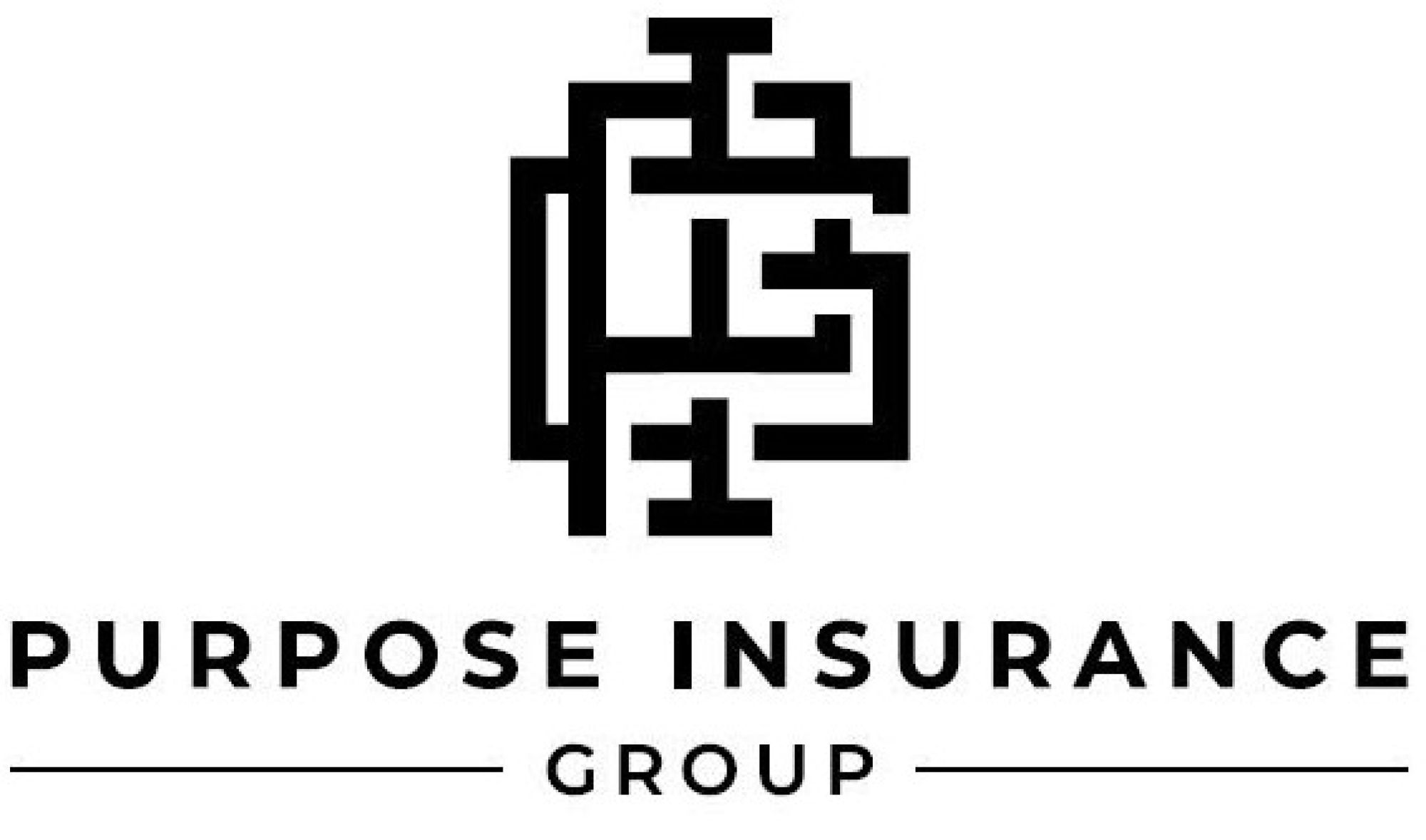Pacific Prime - An Overview
Pacific Prime - An Overview
Blog Article
The Facts About Pacific Prime Revealed
Table of ContentsAbout Pacific PrimeThe Best Guide To Pacific PrimeThe Ultimate Guide To Pacific PrimeSome Known Questions About Pacific Prime.
In a lot of states, the insurer is called for to send you a duplicate of the modifications to your policy. It is very important that you check out Recommendations or Bikers so you comprehend how your plan has altered and if the plan is still sufficient to meet your demands. To acquire a duplicate of your insurance coverage, please contact your insurance agent or company.
The Institute of Medicine (IOM) Committee on the Repercussions of Uninsurance launches an extensive evaluation of evidence that addresses the relevance of health insurance policy coverage with the publication of this record. Insurance coverage Matters is the very first in a series of six reports that will certainly be released over the following two years documenting the fact and effects of having actually an estimated 40 million people in the United States without medical insurance coverage.

Pacific Prime for Beginners
The objective of this collection of researches is to redouble policy attention on a historical trouble. Following the lengthiest financial growth in American background, in 1999, an estimated one out of every six Americans32 million adults under the age of 65 and greater than 10 million childrenremains without insurance (Mills, 2000).

Ten percent of the populace make up 70 percent of healthcare expenses, a correlation that has stayed consistent over the previous 3 decades (Berk and Monheit, 2001) - global health insurance. Therefore medical insurance remains to offer the feature of spreading risk even as it progressively funds routine care. From the point of view of wellness treatment companies, insurance policy carried by their patients helps protect an earnings stream, and neighborhoods benefit from financially sensible and steady health care professionals and institutions
Government provides wellness insurance to populations whom the personal market might not offer effectively, such as disabled and senior individuals, and populations whose access to wellness care is socially valued, such as children and expectant women. The best ends of wellness insurance coverage for the individual and neighborhoods, consisting of office areas of workers and companies, are improved health outcomes and top quality of life.
Fascination About Pacific Prime
Employees place health insurance coverage initially without a doubt in relevance among all the advantages provided in the work environment (Salisbury, 2001). There have been sizable financial investments of personal and public funds to give wellness insurance, several people still have no insurance coverage. Regardless of comprehensive coverage of study searchings for and wellness care research results, the basic public continues to be confused and mistaken concerning Americans without medical insurance and the ramifications of lacking coverage.

Without concern, the intricacy of American healthcare financing devices and the wide range of sources of information contribute to the public's confusion and uncertainty regarding medical insurance statistics and their analysis. This report and those that will follow goal to boil down and offer in easily reasonable terms the substantial research study that bears on concerns of medical insurance protection and its relevance.
Fifty-seven percent of Americans surveyed in 1999 believed that those without health and wellness insurance coverage are "able to obtain the treatment they need from medical professionals and medical facilities" (Blendon et al., 1999, p. 207). In 1993, when nationwide attention was concentrated on the issues of the uninsured and on pending healthcare regulations, just 43 percent of those polled held this belief (Blendon et al., 1999).

They additionally get less precautionary solutions and are much less likely to have routine look after chronic conditions such as high blood pressure and diabetic issues. Chronic diseases can cause expensive and disabling problems if they are not well handled (Lurie et my sources al., 1984; Lurie et al., 1986; Ayanian et al., 2000). One national study asked even more than 3,400 adults about 15 highly major or dark problems.
About Pacific Prime
Additional proof is offered later on in this phase in the conversation of insurance coverage and access to health and wellness care. https://hub.docker.com/u/pacificpr1me. Individuals without health and wellness insurance coverage are young and healthy and balanced and choose to do without insurance coverage. Almost half (43 percent) of those evaluated in 2000 believed that individuals without health and wellness insurance are most likely to have illness than individuals with insurance coverage
Citizens and plan makers in focus team conversations identify those without insurance policy as youngsters that have the opportunity to be covered and feel they do not require it (Doorperson Novelli, 2001). Compared to those with at the very least some exclusive coverage, the uninsured are less most likely to report being in exceptional or great health and wellness (Firm for Health Care Research Study and High Quality, 2001).
RESOURCE: Facility for Expense and Financing Researches, Agency for Health Care Research Study and High quality, based on MEPS data. Young person between 19 and 34 are even more most likely to do not have medical insurance than any kind of other age. This is primarily because they are less commonly qualified for employment-based insurance policy due to the nature of their task or their brief period in it.
The perception that individuals without insurance have better-than-average wellness complies with from puzzling the fairly young age account of the uninsured with the much better wellness, generally, of younger persons. This covers the link in between wellness standing and medical insurance. For those without accessibility to workplace medical insurance, inadequate health is a potential barrier to purchasing nongroup insurance coverage since such protection might be very valued, exclude preexisting problems, or be merely not available.
Report this page